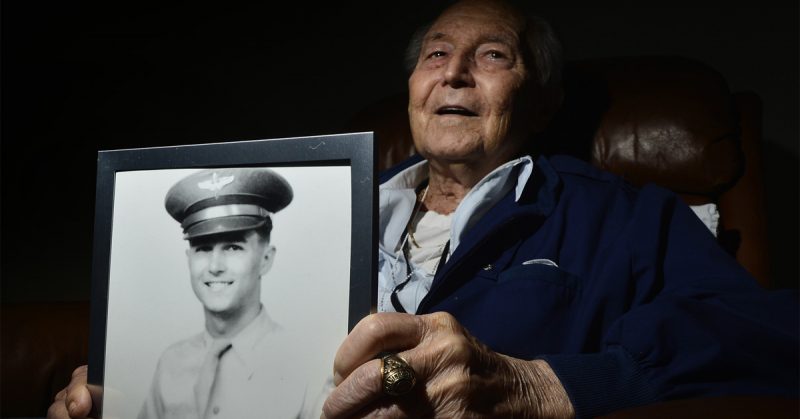Ralph Parr was a unique man in many ways and is credited with several “firsts” in aerial combat, but his tenth and final aerial kill made him a double ace and raised the ire of the Soviet Union.
Background
Born into a military family, Ralph Parr joined the Army Air Corp during the Second World War. His brother Warren went on to become a Rear Admiral in the U.S. Navy, solidifying the family service tradition.
In 1953, Parr was sent to Korea to fly F-86 Sabres in “Mig Alley” as the U.S. sought to gain air superiority over the new MiG-15 jet fighters that were plaguing U.N. bombing missions in North Korea.
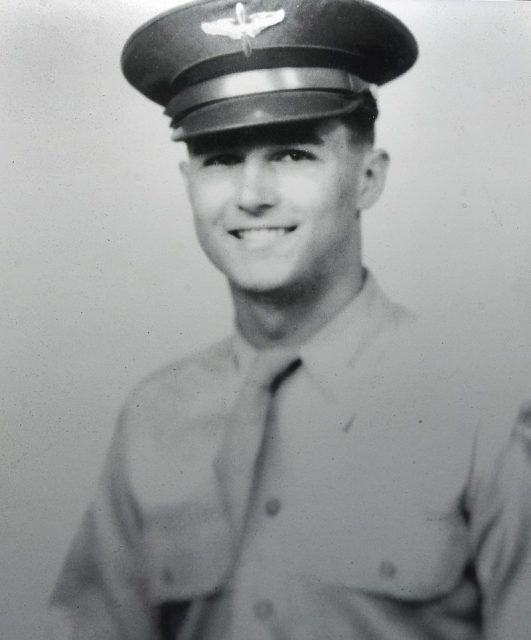
As a training pilot, Parr was eager and ready for the fight and it wouldn’t be long before he would etch his name into the annals of aerial jet combat. Before he left the Air Force in 1976, Parr became one of the most decorated pilots in U.S. history, with 641 combat missions under his belt.
Korea: Testing the Limits in Mig Alley
On April 12, 1951, 30 MiG-15s engaged a group of 36 B-29 bombers heading to targets in North Korea. The bombers were escorted by over 100 F-80s and F-84s, but the MiGs were simply too fast for the escorts and managed to down three B-29s and damage seven others.
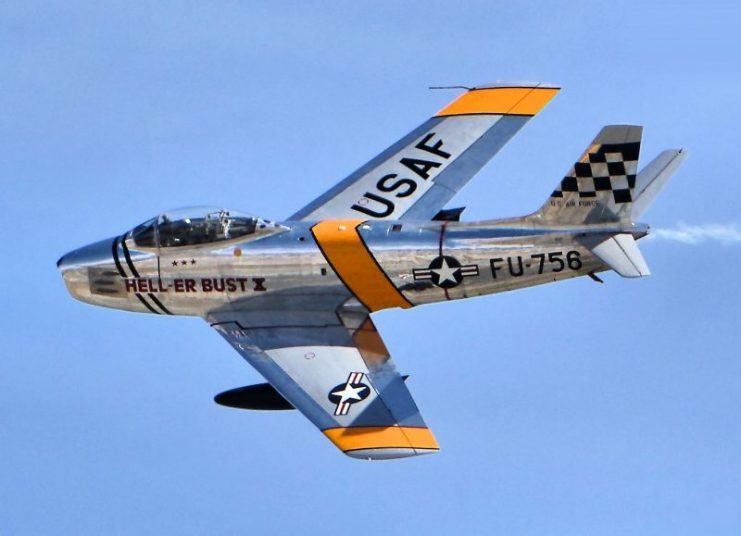
The MiGs were able to hit the bombers and escape without suffering any losses. The day has been referred to as “Black Thursday” and forced a change in the way U.N. air forces approached their bombing campaigns in the area.
The U.S. responded by sending the 4th Fighter Interceptor Wing, outfitted with the new F-86 Sabre, to meet the MiG threat. The Sabres performed impressively against the MiG-15s, scoring 22 air victories in the first five months without a single Sabre being lost in combat, although there were a few crashes.
All but one of the American aces from the Korean war flew the Sabre, effectively demonstrating the aircraft’s superior capabilities over the F-80 and F-84 planes that were used early in the conflict.
Parr would join the 4th F-IW in 1953, just seven weeks before the end of the conflict.
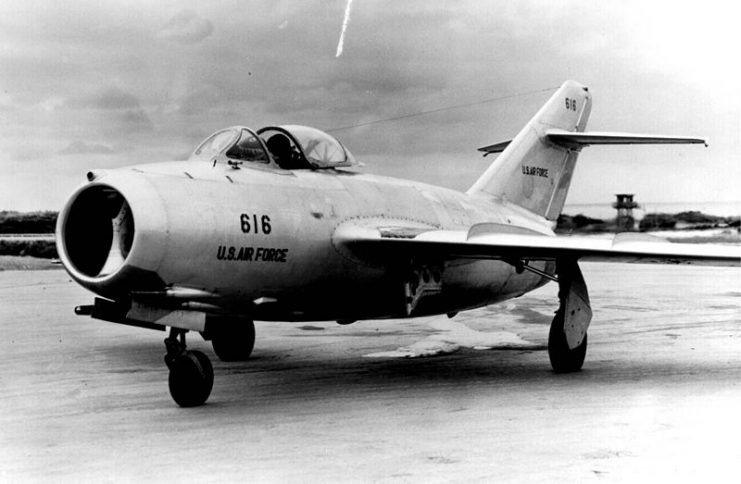
In Parr’s first engagement with a large group of MiG 15s and with his flight outnumbered, he took on several enemy fighters and pushed his Sabre and himself to the limit in the process.
Parr was able to sweep behind one of the MiGs to get a shot, but the experienced MiG pilot used a series of dives, Split S, and high G maneuvers to shake him.
https://youtu.be/JJu3DZmp8ZY
Despite the enemy pilot’s best efforts and the extreme strain on Parr’s body and his F-86, Parr was finally able to line up a shot with his six .50 Cal machine guns. The MiG took damage and began to smoke.
The MiG pilot was also struck and subsequently crashed, but not before one of his comrades engaged Parr and forced him to evade. Parr’s superior skills allowed him to sweep inside of the second MiG, causing the MiG to overshoot and allowing Parr to line up for a shot.
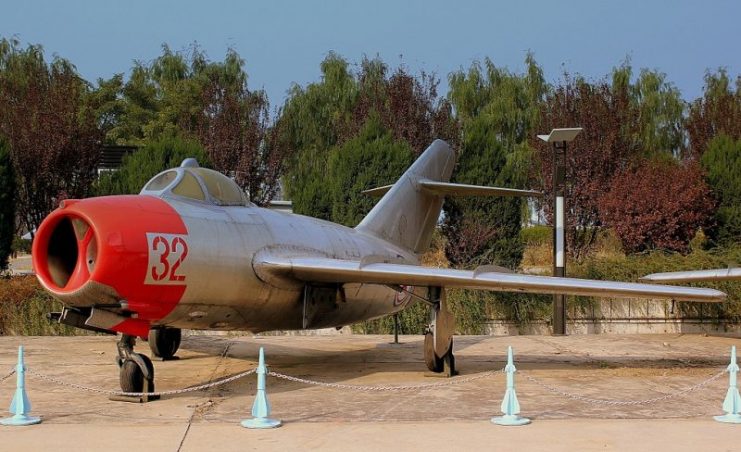
Parr unloaded on the new threat and downed the second MiG, giving him two air victories on his first sortie of the Korean War.
The remaining MiG 15s fled the engagement and Parr, along with his flight group, made their way back to base in South Korea. Three days later Parr scored yet another victory over a MiG-15 and damaged another.
Remarkable Pilot and Innovator
Parr ended the Korean War with ten kills, most of them being MiG-15s which made him a double ace. His final victory came against a sole Soviet cargo pane, just hours before the armistice was signed between the Koreas. He flew a total of 165 missions in the conflict.
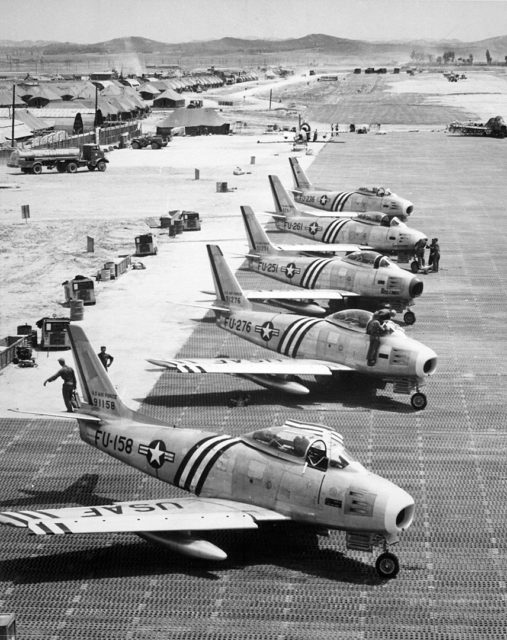
The Soviets claimed that the cargo plane included non-military personnel and subsequently filed charges against Parr in the International Criminal Court. The charges were eventually dropped, and several people have since asserted that the Soviet Union was grasping at straws while frustrated at encountering the F-86 Sabres.
Parr went on to train other pilots in aerial tactics in the new age of jet combat. He then served as an F-4 Phantom pilot during the Vietnam War where he once again established himself as a brilliant and innovative pilot. He flew over 200 missions in each of his two tours of duty in the conflict.
Remarkable Until the End
Ralph Parr earned over 60 medals and citations over his career which saw him participating in the Second World War, the Korean War, and the Vietnam War. Among these are a Silver Star, ten Distinguished Flying Crosses, three Legions of Merit, the Distinguished Service Cross, and the Air Force Cross.
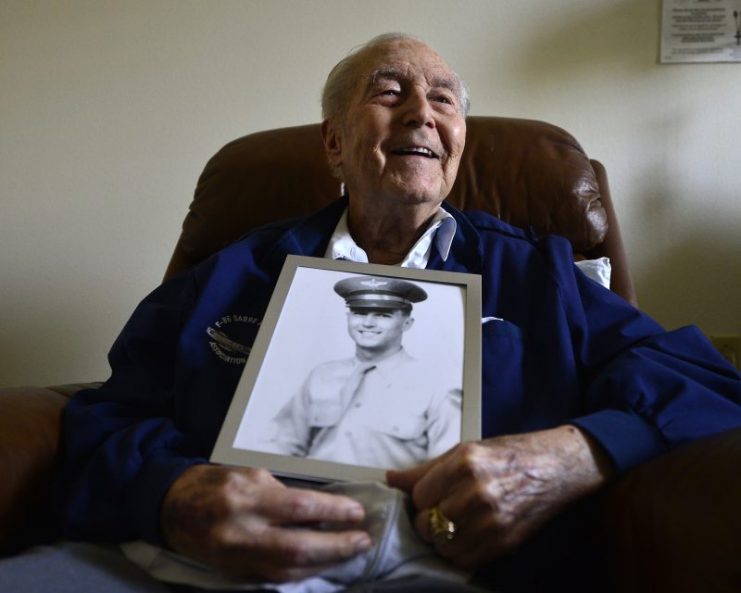
To this day, Parr is the only pilot to earn both the Distinguished Service Cross and the Air Force Cross.
Parr retired in 1976 but remained active in the pilot community. He regularly attended the Randolph Air Force Base Officer’s Club and enjoyed sharing his experiences and advising younger pilots. He was also active in veteran’s associations until becoming too ill to participate regularly.
Read another story from us: Jets in the Korean War – F-86 Sabre
He passed away from cancer in 2012 at the age of 88, leaving his wife of 40 years and a number of children and grandchildren.
In recognition of his significant efforts as a pilot, innovator, and mentor, the Randolph Officer’s Club was renamed the Parr O’Club, while his veteran pilots association in the Red River Valley renamed itself the Ralph Parr Pack.
